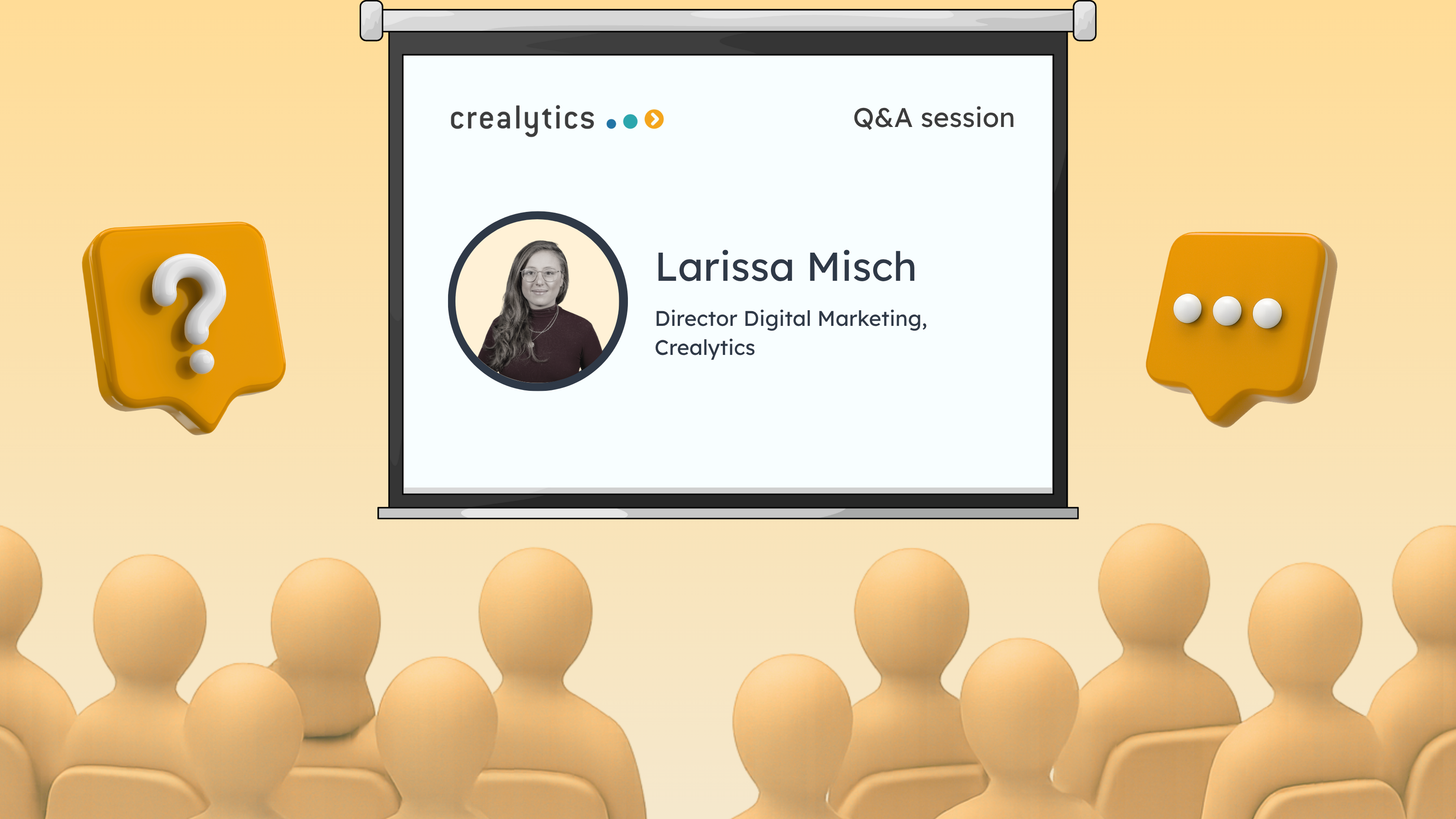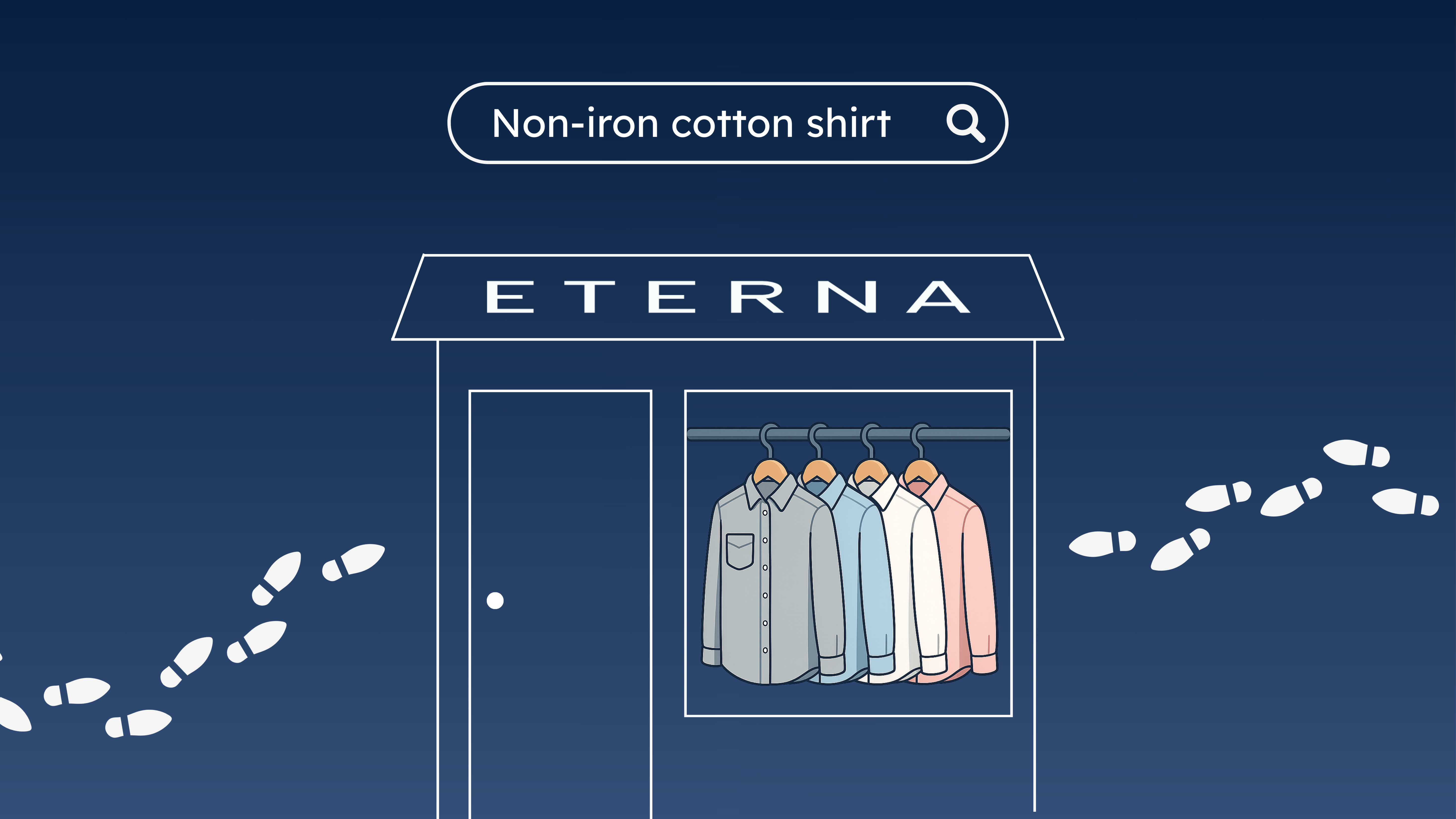Brand Marketing in 2025: 8 Power Moves Every Marketer Must Master

For over a decade, performance marketing has set the pace—delivering fast, measurable results through metrics like CAC, CTR, and ROAS. As Forbes notes, “every dollar spent on advertising today is justified through accountability, precision and measurable outcomes.” With advanced analytics tracking every step of the customer journey, performance became the default metric of success.
But the landscape is shifting. As consumers demand more meaning and trust, brand connection now influences decisions as much as price or convenience. A global Forbes study found that consumers are four to six times more likely to buy from, advocate for, and remain loyal to companies with strong purpose and values.
Consequences of a Performance Focus
The limits of overreliance on performance marketing are becoming increasingly clear. It has led to:
Shift Toward Short-Term Tactics: In 2024, 68.8% of marketing budgets were allocated to performance tactics, up from 59.9% in 2023, according to the CMO Survey. This growing focus on short-term gains comes at the expense of long-term brand investment, which dropped to just 31.2%.
Brand Value Erosion: A growing short-term mindset among marketers is proving costly. According to WARC and Interbrand, companies have lost $3.5 trillion in cumulative brand value over the past 25 years due to short-term thinking—amounting to an estimated $200 billion in lost revenue opportunity in just the past year. The data makes clear: underinvesting in long-term brand growth undermines both value and performance.
The 8 Branding Areas Marketers Must Master
1. Strategic Brand Positioning
Airbnb’s response to the pandemic shifted its focus from short-term search ads to brand-building efforts. As CFO Dave Stephenson told Marketing Week, this pivot delivered a strong return on investment by attracting new active bookers even in volatile times.
Similarly, Patagonia’s commitment to environmental causes shapes its identity beyond retail. Its mission drives product innovation and fosters a loyal community, turning customers into passionate advocates.
These examples highlight how purposeful brand positioning fuels resilience and long-term growth, especially when market conditions are uncertain.
2. Distinctive Brand Assets
Brand recognition often starts with visual recognition through a logo as well as your brand's chosen colors or specific typography. Take Nike, for example; most consumers would recognize the sports brand simply by its swoosh before seeing the brand name or reading a slogan.
Repeated and consistent exposure to these branding elements builds the brand's values and reinforces its identity in consumers' minds, according to Forbes.
3. Brand Consistency Across Channels
A consistent voice and visual identity across platforms is no longer optional—it’s essential. Conflicting messaging creates confusion and chips away at trust.
Forbes emphasizes in its article The Importance of Consistency in Branding that brands with consistent messaging across all channels build stronger recognition and loyalty. Whether it’s a TikTok post, an email, or a billboard, brands must speak with one voice.
Read how we unleashed brand potential with video and helped Foot Locker succeed on YouTube.
4. Emotional Storytelling
Facts inform. Stories persuade. The most impactful brands harness emotion to embed themselves in memory and culture.
As Forbes explains, in an age of data overload and short attention spans, storytelling “activates sensory, emotional and memory areas” of the brain, making messages more relatable and memorable. Empathy is the key—understanding audience needs allows brands to craft narratives that truly resonate.
5. Value-Led Internal Branding
Your employees are your most powerful brand advocates—or your biggest liability.
Nearly two out of five Gen Z and Millennial employees have rejected a job or assignment because it didn’t align with their values, according to Deloitte. And 64% of Gen Z say it’s important to work at a company that prioritizes diversity, equity, and inclusion. When teams believe in the brand’s mission, it builds credibility from the inside out—strengthening culture, trust, and customer experience.
6. Community and Advocacy
Brand building is now a two-way street, powered by user-generated content (UGC). Forbes highlights that UGC—authentic content created by customers—builds trust and drives engagement far better than traditional ads. When people see others like them sharing real experiences, it creates social proof that influences purchase decisions. Brands that encourage and showcase UGC foster stronger communities and amplify their message organically, especially with younger audiences.
7. Brand-Led Innovation
Innovation that reflects a brand’s values can deepen relevance and drive loyalty. L’Oréal’s approach illustrates this. Its motto, “beauty for all and beauty for each,” guides product development focused on inclusivity. One result is HAPTA, a handheld computerized makeup applicator designed for people with hand mobility challenges such as arthritis or stroke-related impairments. The device stabilizes movement, making beauty products easier to apply.
By translating purpose into practical solutions, L’Oréal is expanding its market and reinforcing its brand promise of accessibility and care.
8. Mastering Strategic Brand Vision
One of the biggest mistakes marketers make, as Forbes notes, is “neglecting the bigger picture by focusing on short-term wins.” Chasing trends and prioritizing quick engagement often fragments brand identity—weakening the trust and coherence that strong brands depend on.
Effective brand-building today demands a strategic mindset. Every message, touchpoint, and tactic must connect back to the brand’s core identity and long-term goals. Short-term gains mean little if they erode the foundation of lasting brand value. In a crowded, fast-moving market, seeing the bigger picture is what ensures brands remain relevant and trusted over time.
Rebuilding Brand as a Strategic Layer
Branding isn’t just about campaigns—it’s the connective tissue across customer experience, employee culture, and innovation.
When treated as a strategic asset, branding delivers measurable business value:
• Higher customer lifetime value
• Higher marketing efficiency
• Increased pricing power
• Long-term shareholder value
As highlighted by Forbes, trust is at the heart of this effect: brands that build credibility through transparency and purpose command price premiums, enjoy stronger customer retention, and reduce marketing costs thanks to loyal advocacy.
Brand-Led Growth: The New Baseline for Marketers
Branding is no longer separate from business performance. In today’s market, a strong brand underpins customer trust, pricing power, and marketing efficiency—driving results across the entire business.
Mastering the eight areas of modern brand-building is now essential. Short-term tactics alone can’t sustain growth. Long-term differentiation, loyalty, and resilience come from a brand that is consistent, credible, and aligned with business strategy.
Looking to embed brand deeper into your growth strategy? Reach out to us.
EXPERT INSIGHTS





